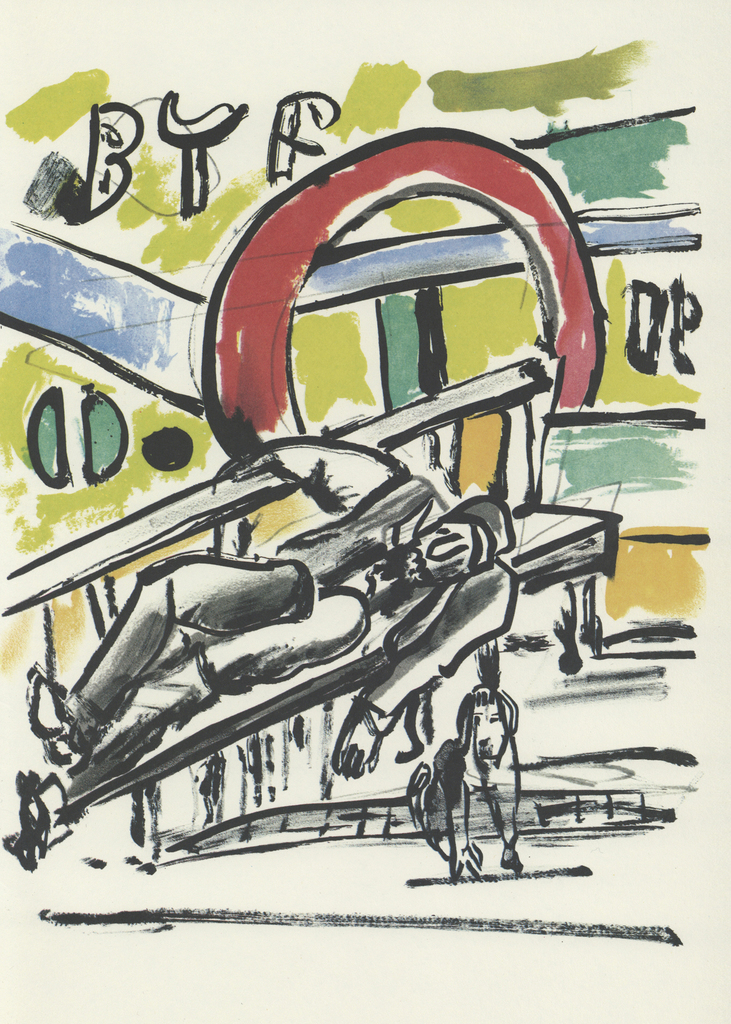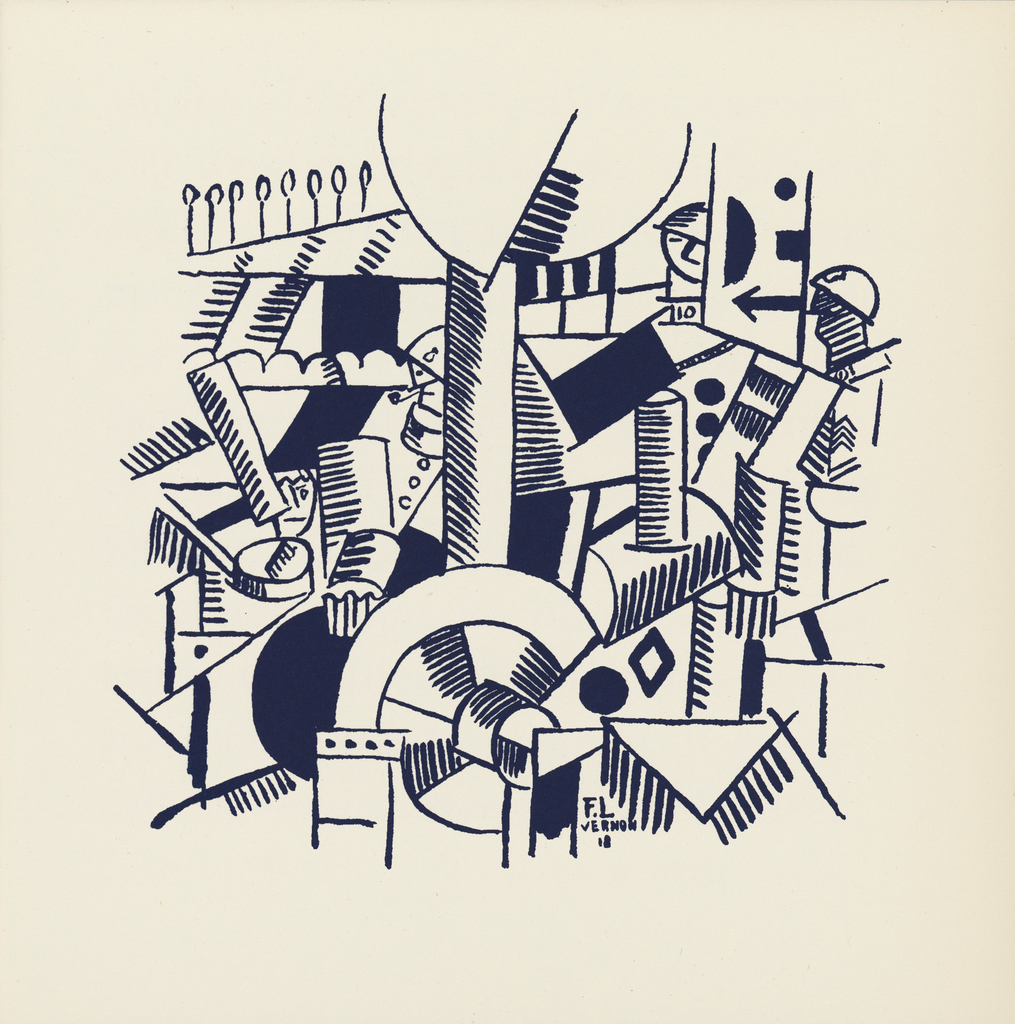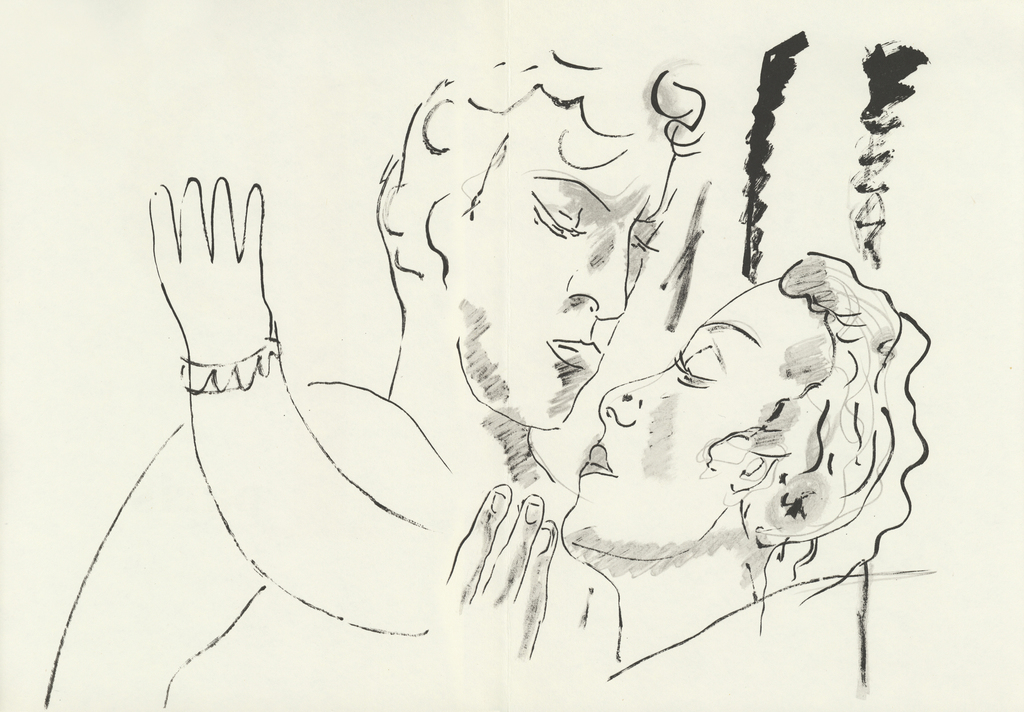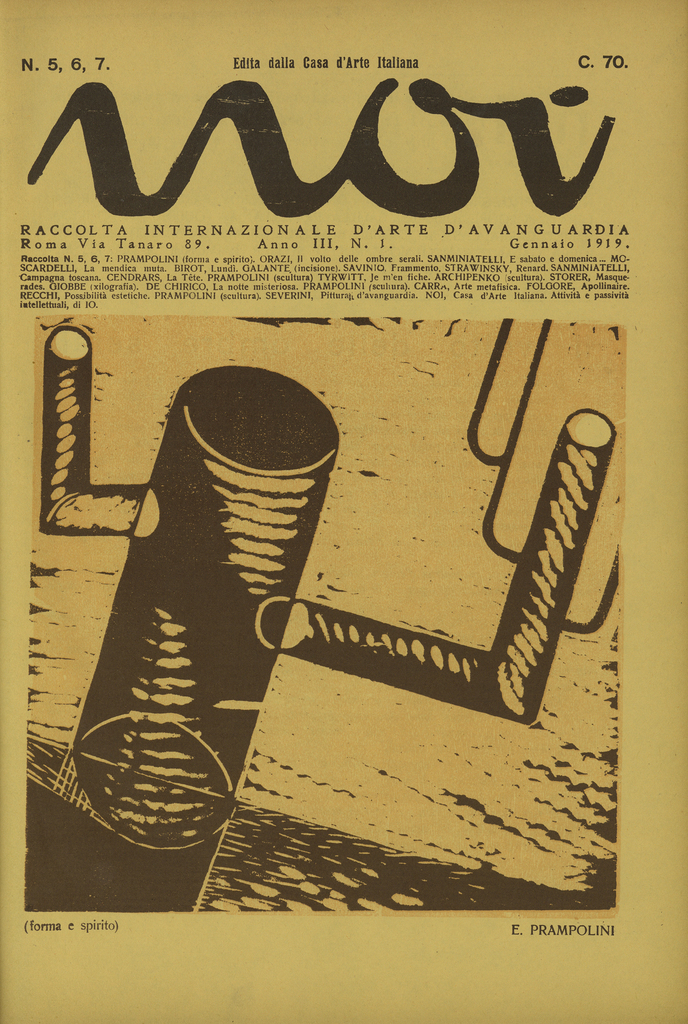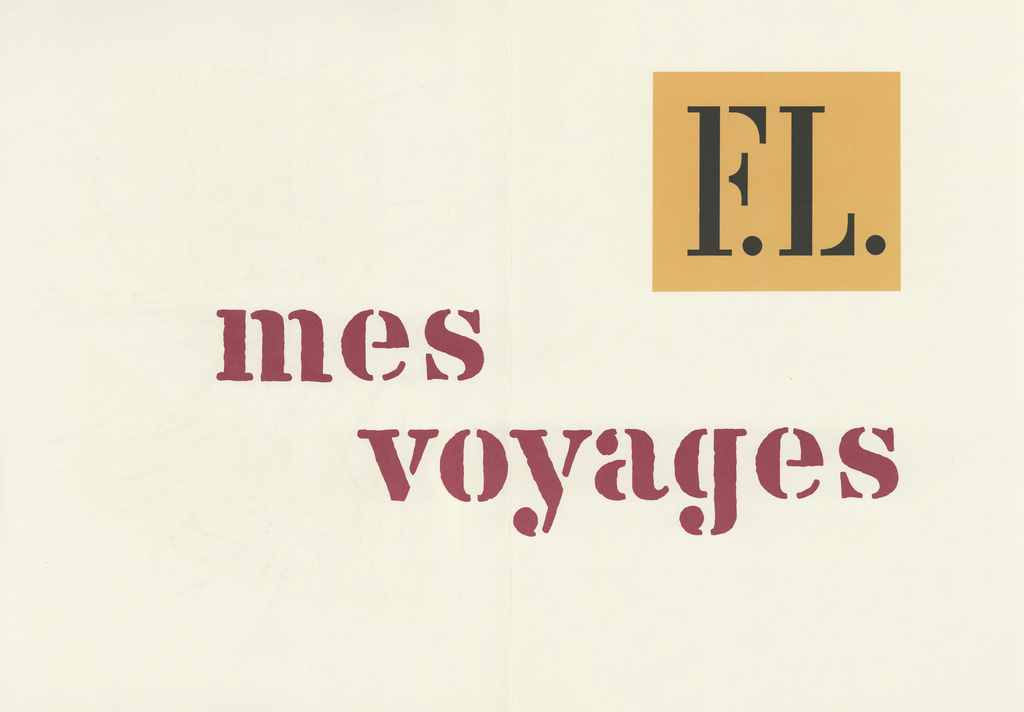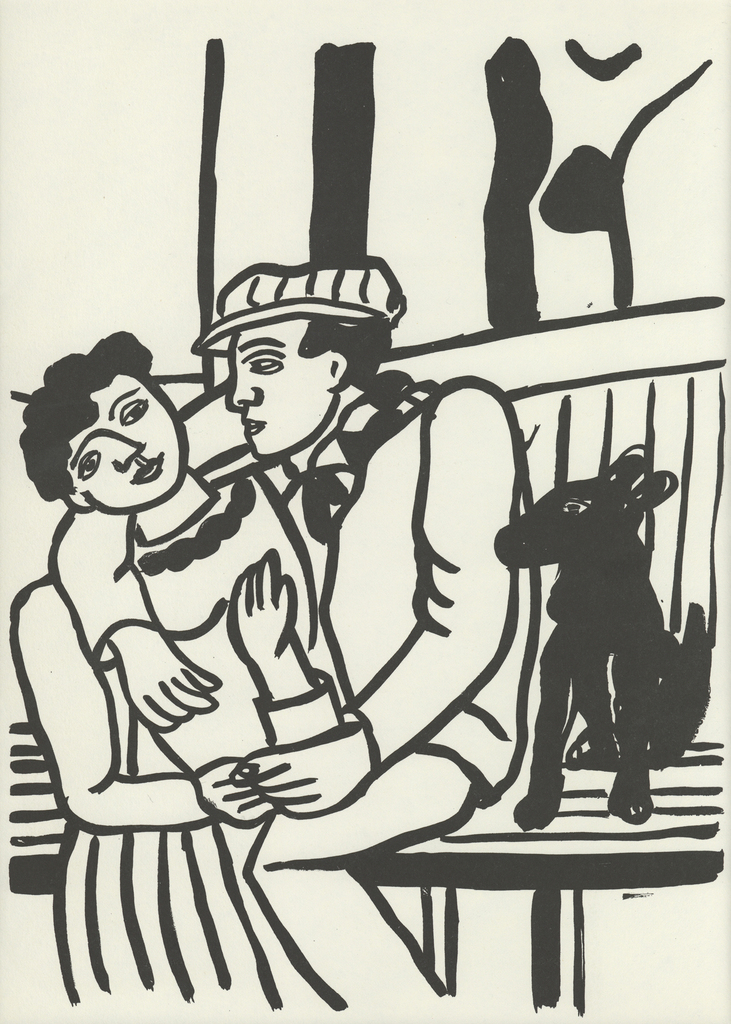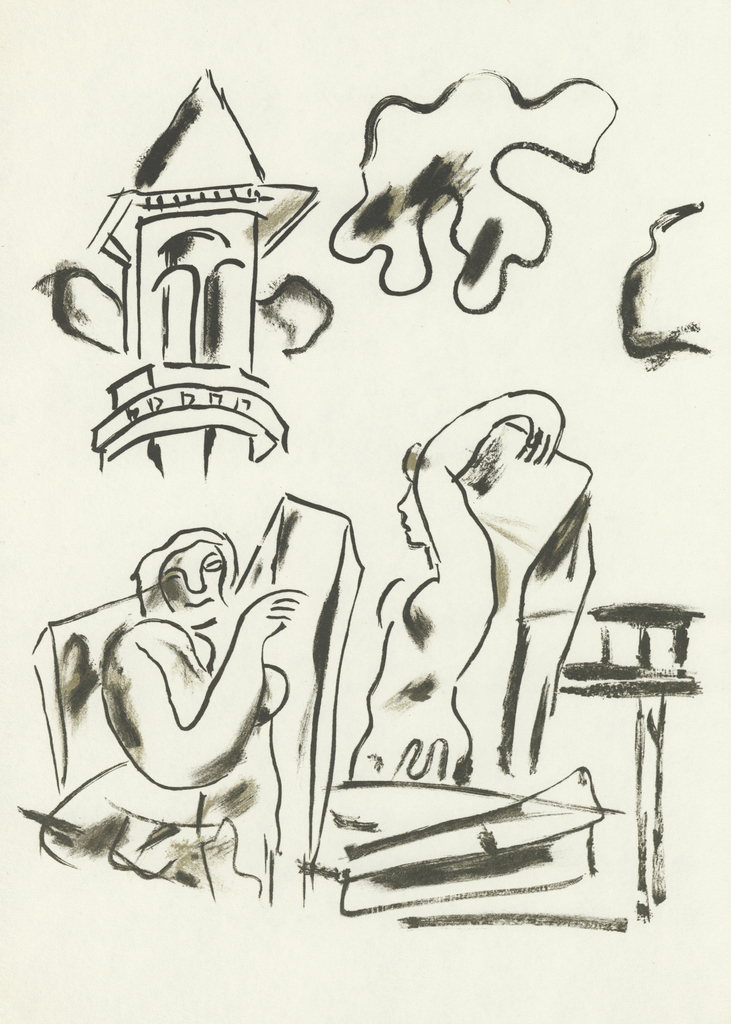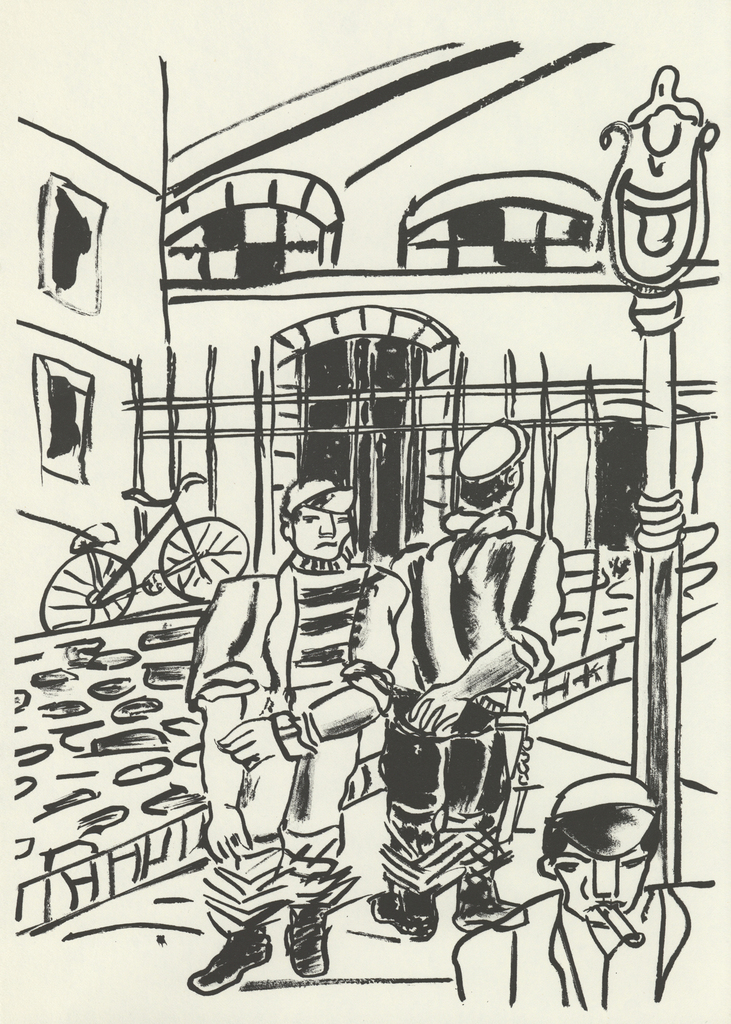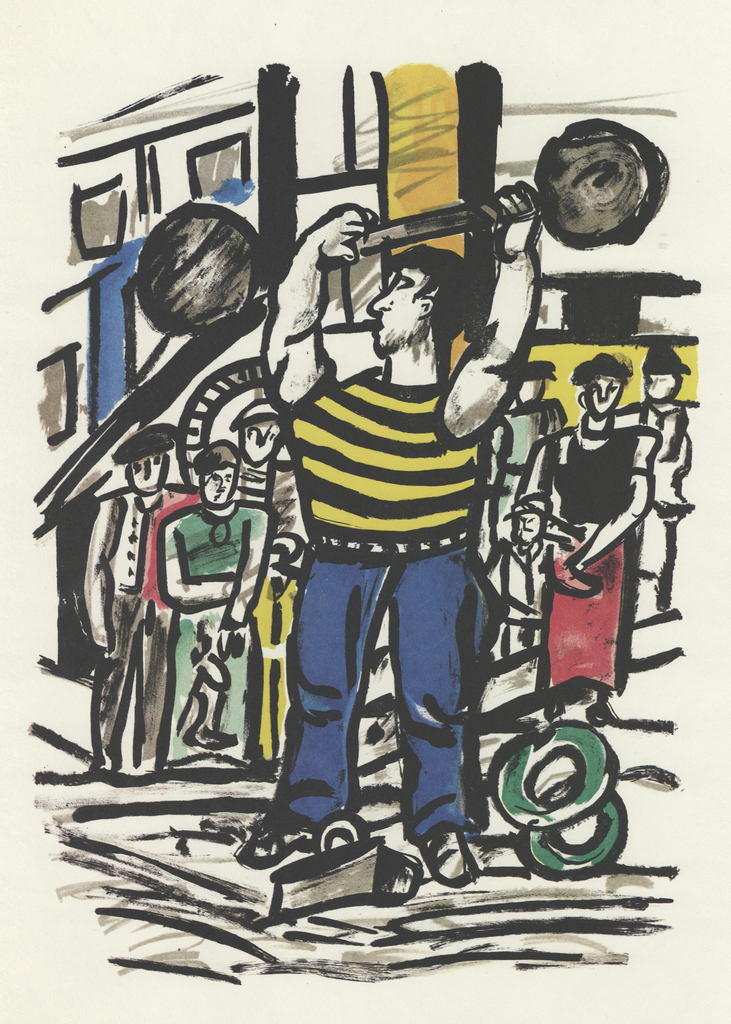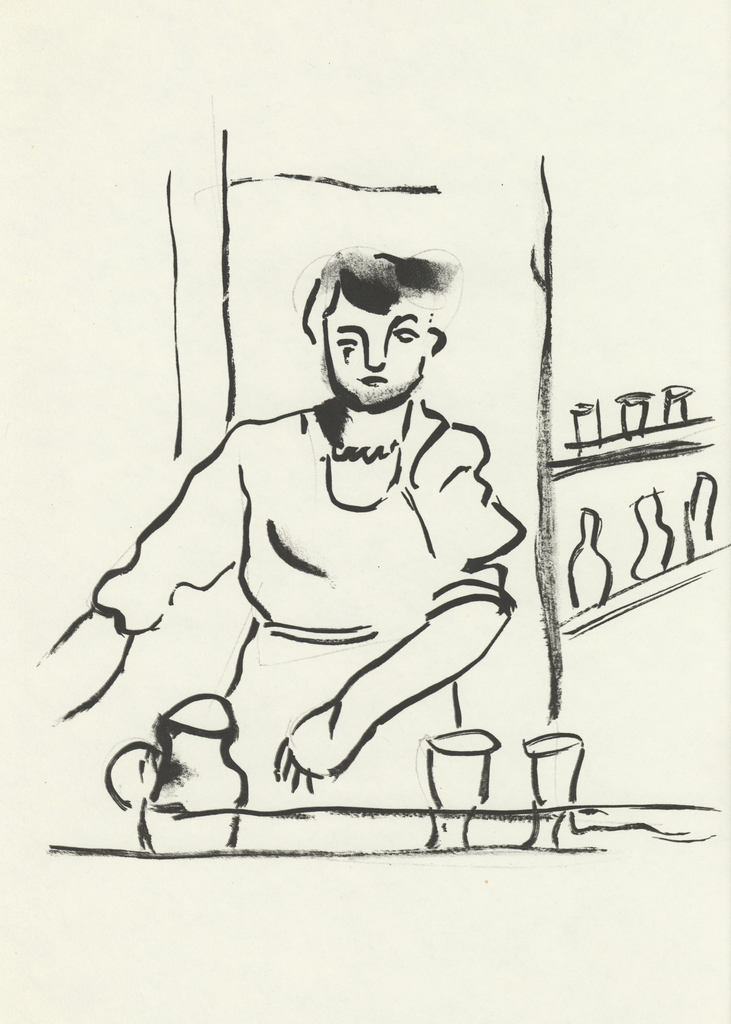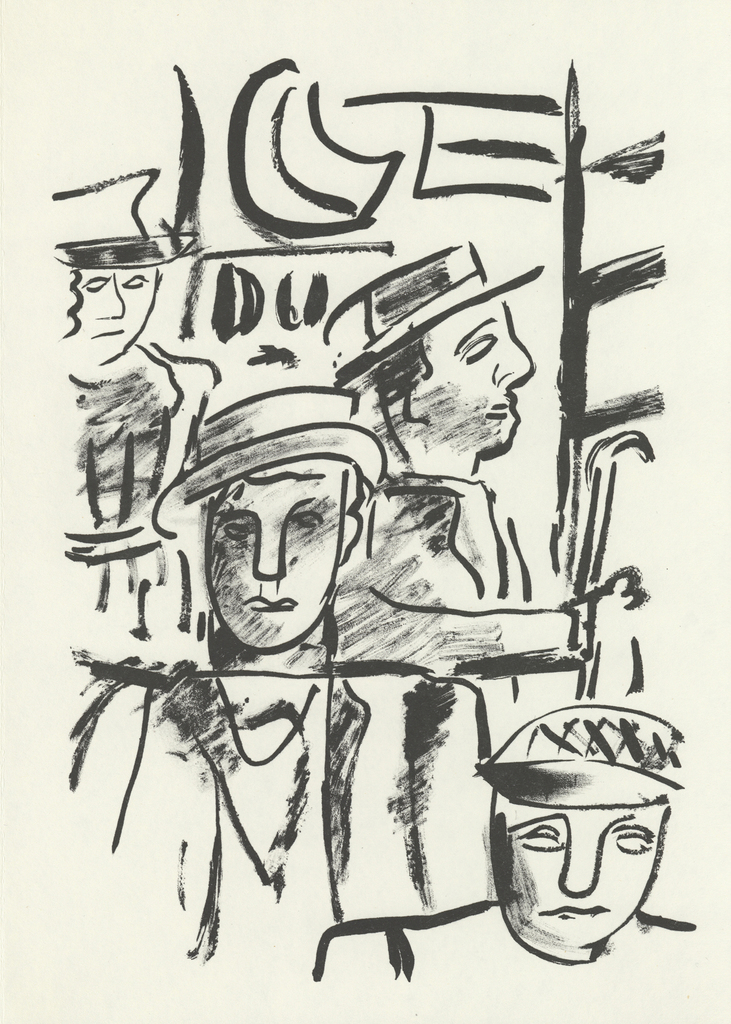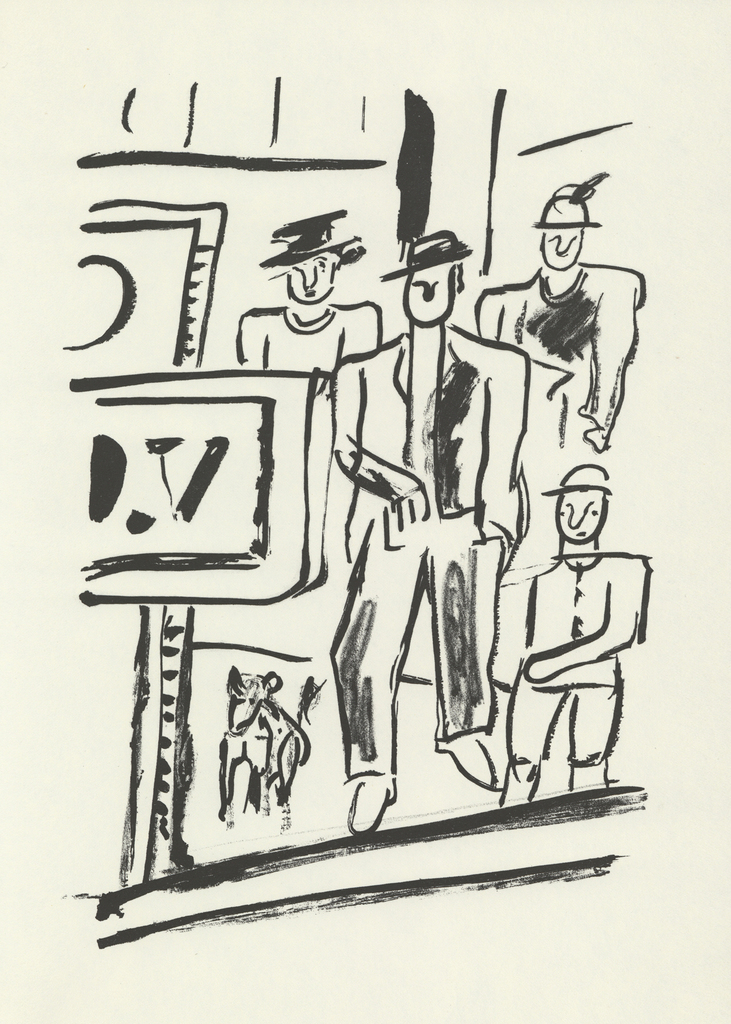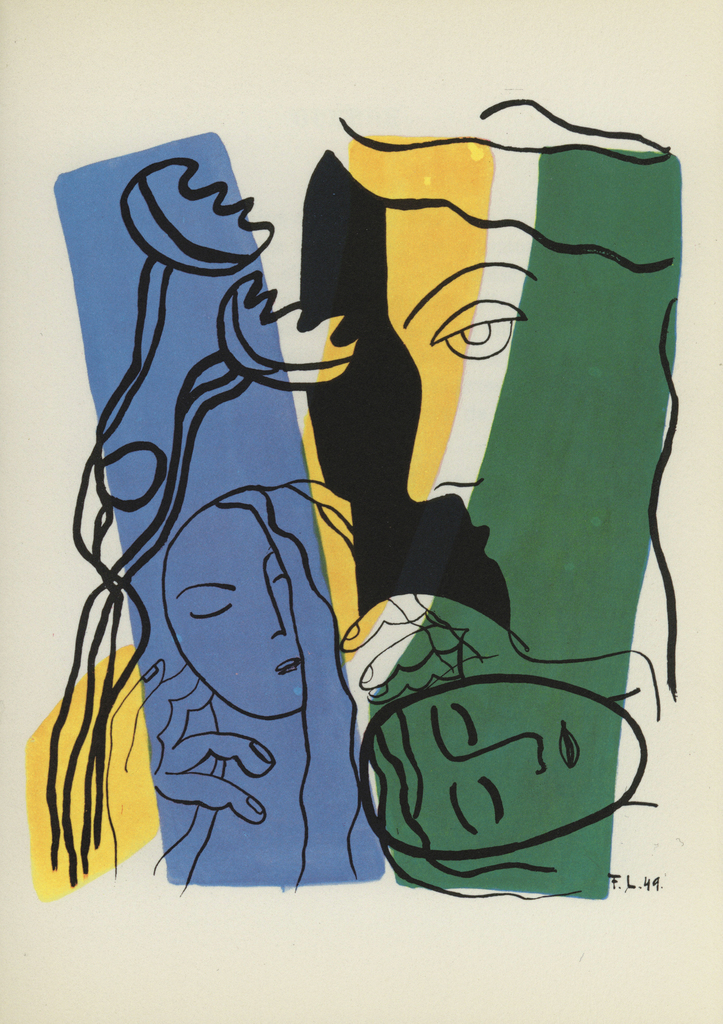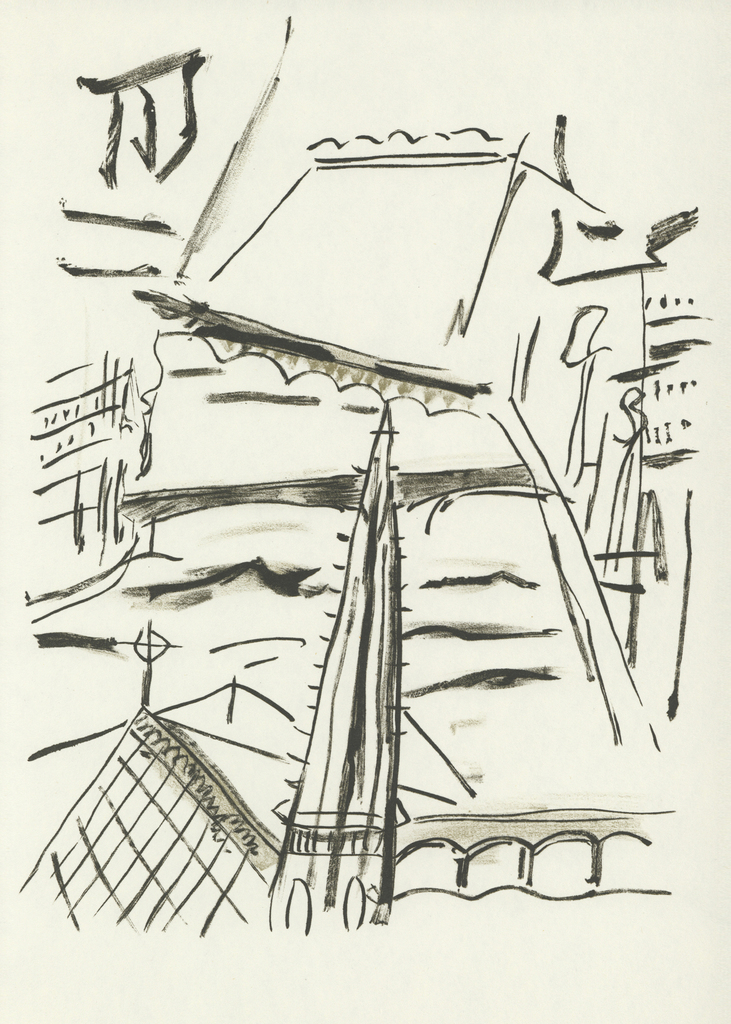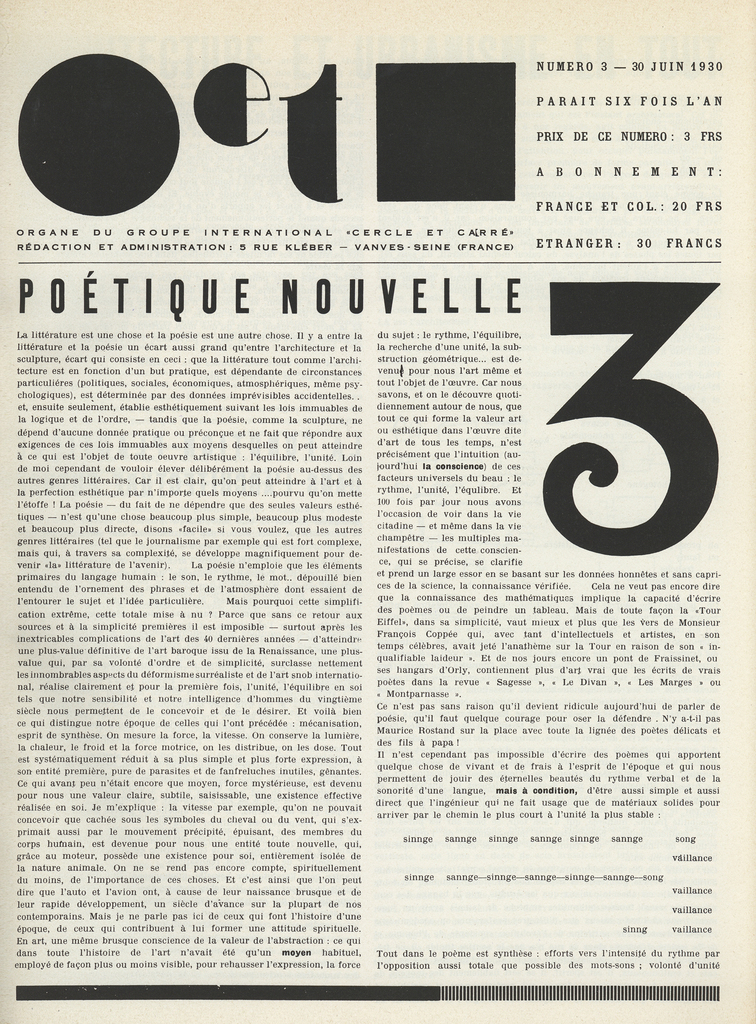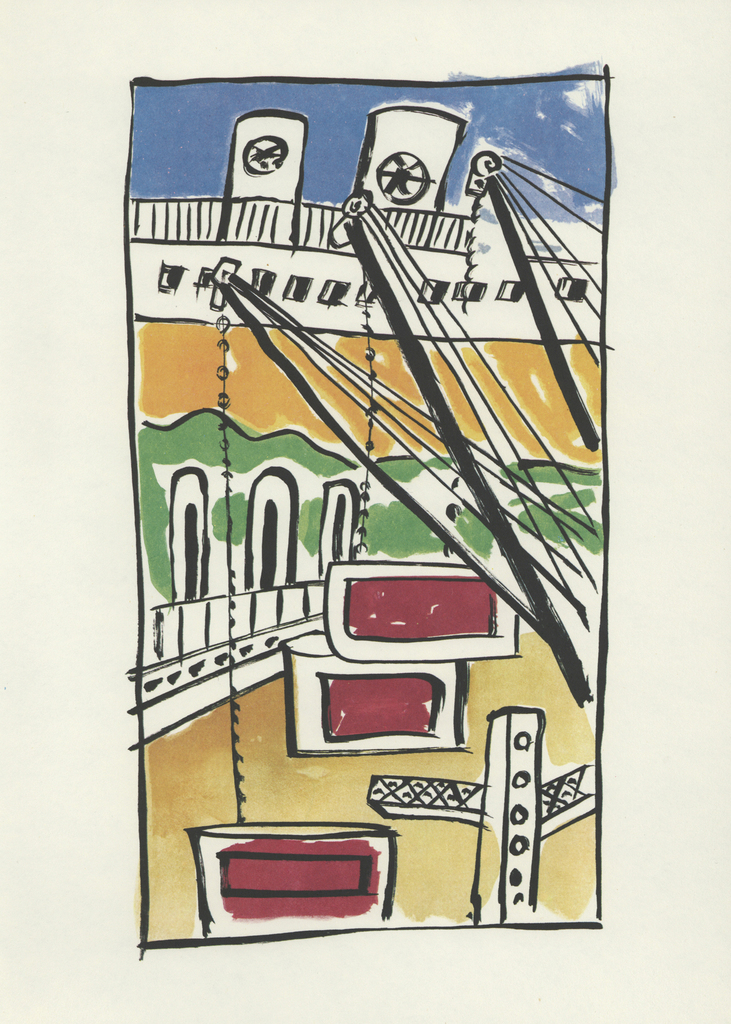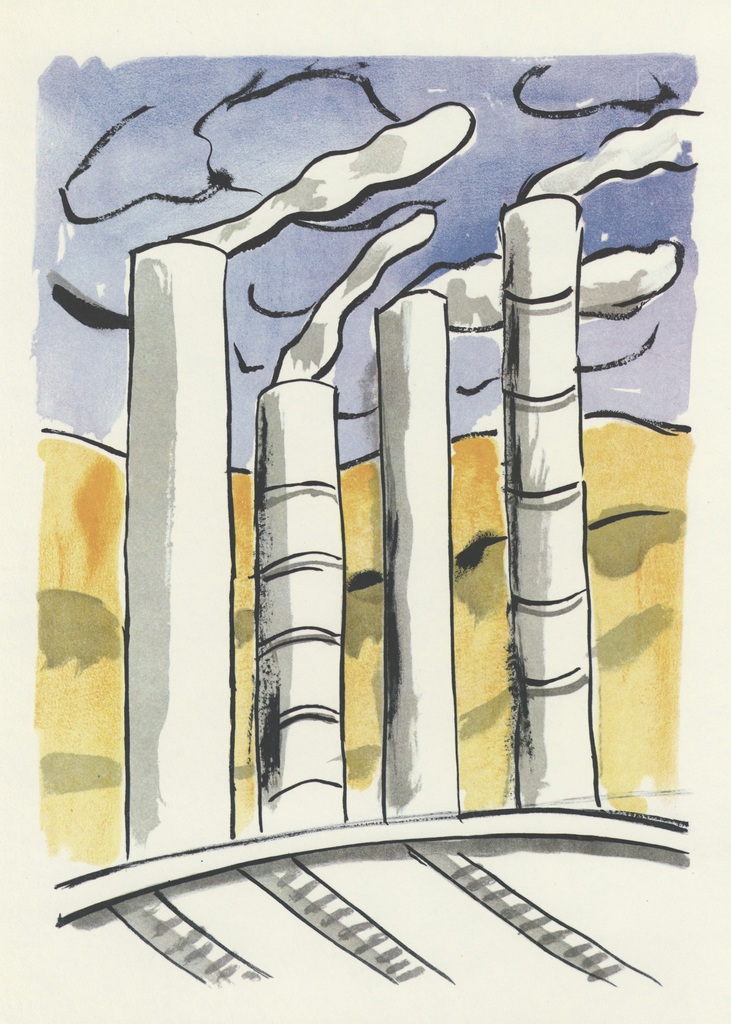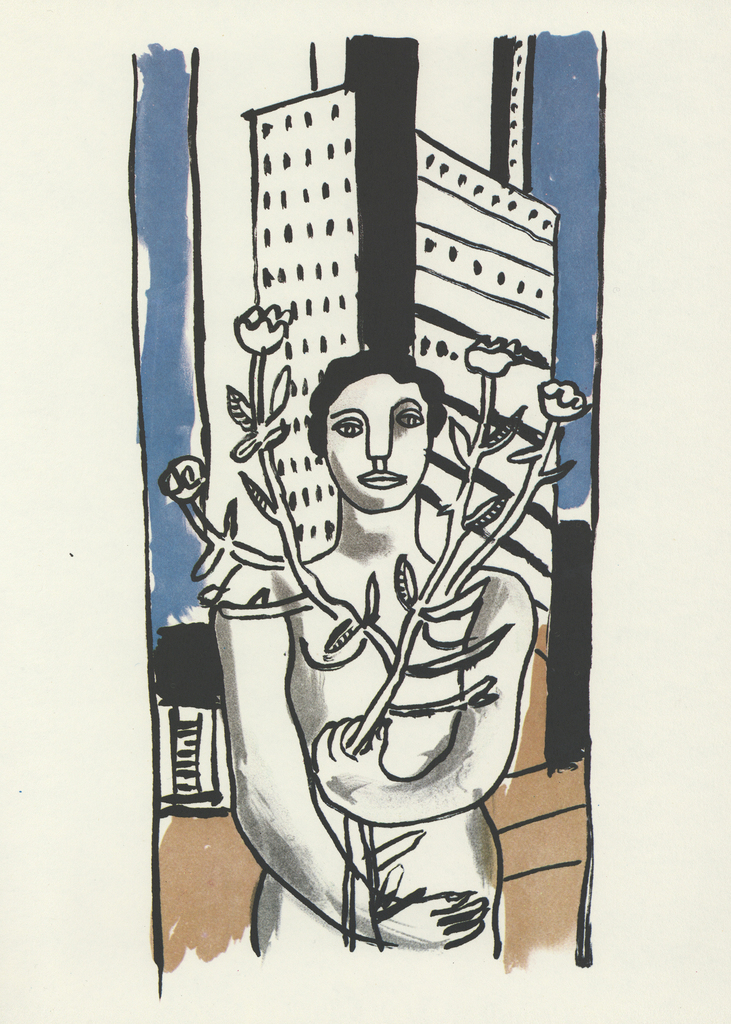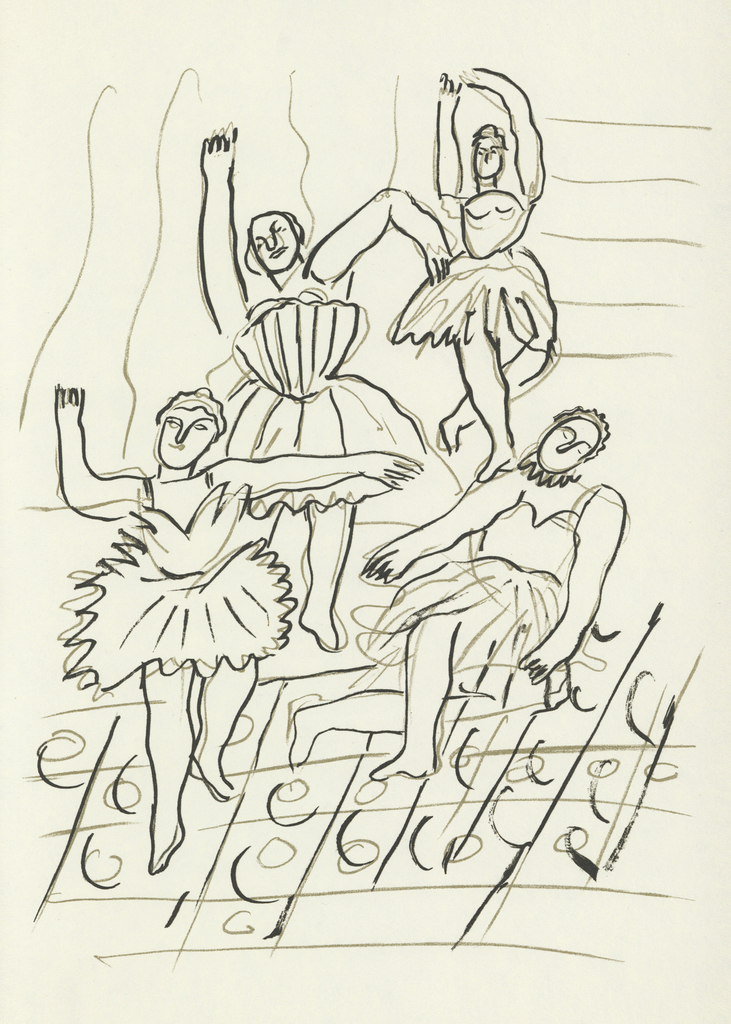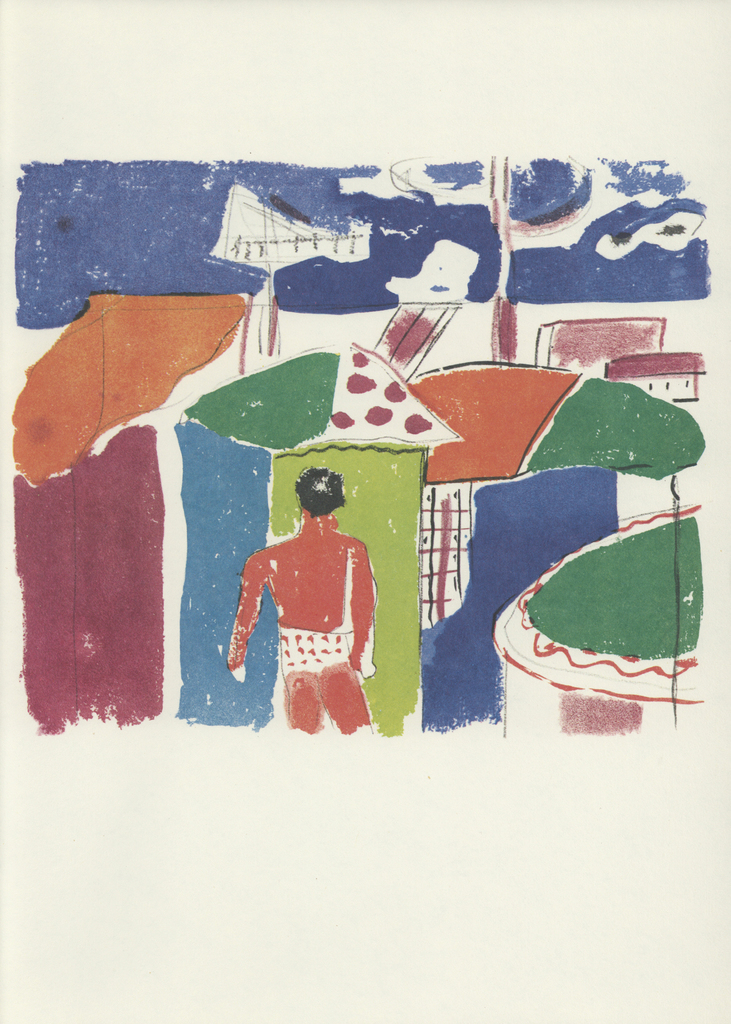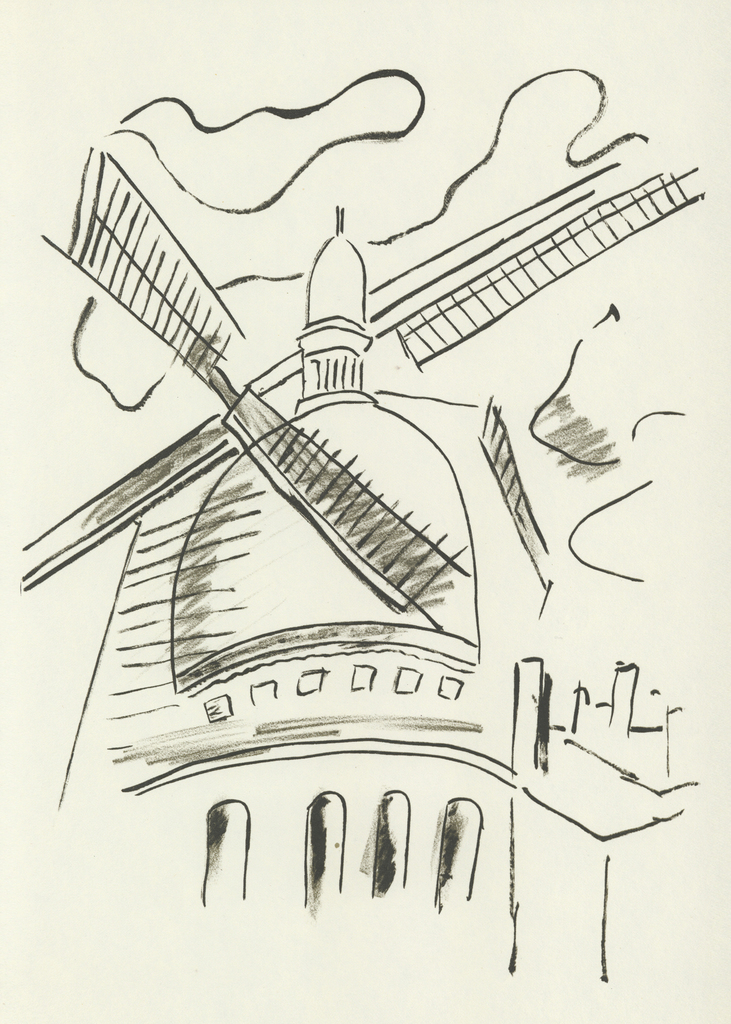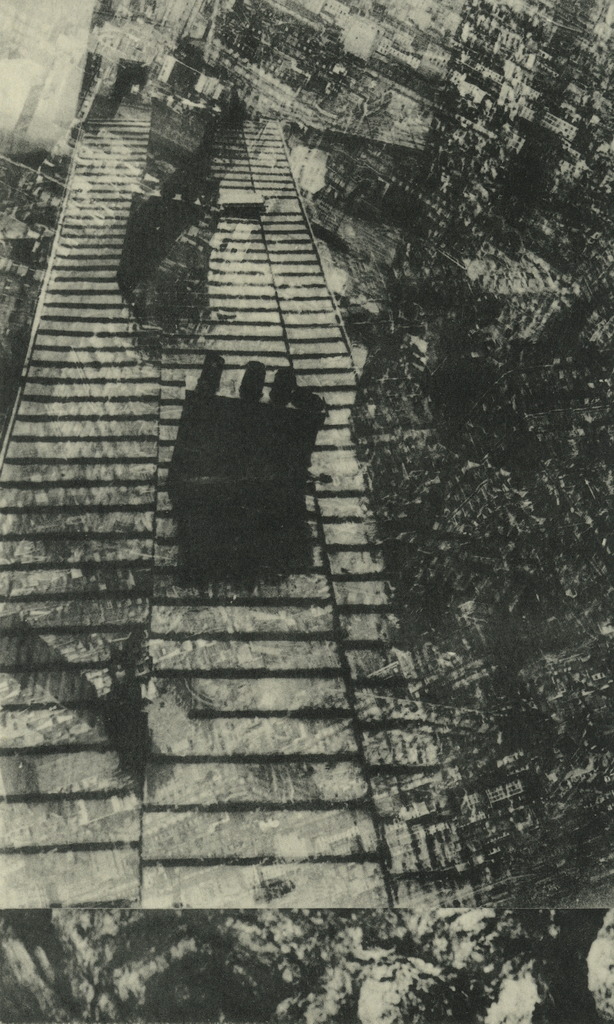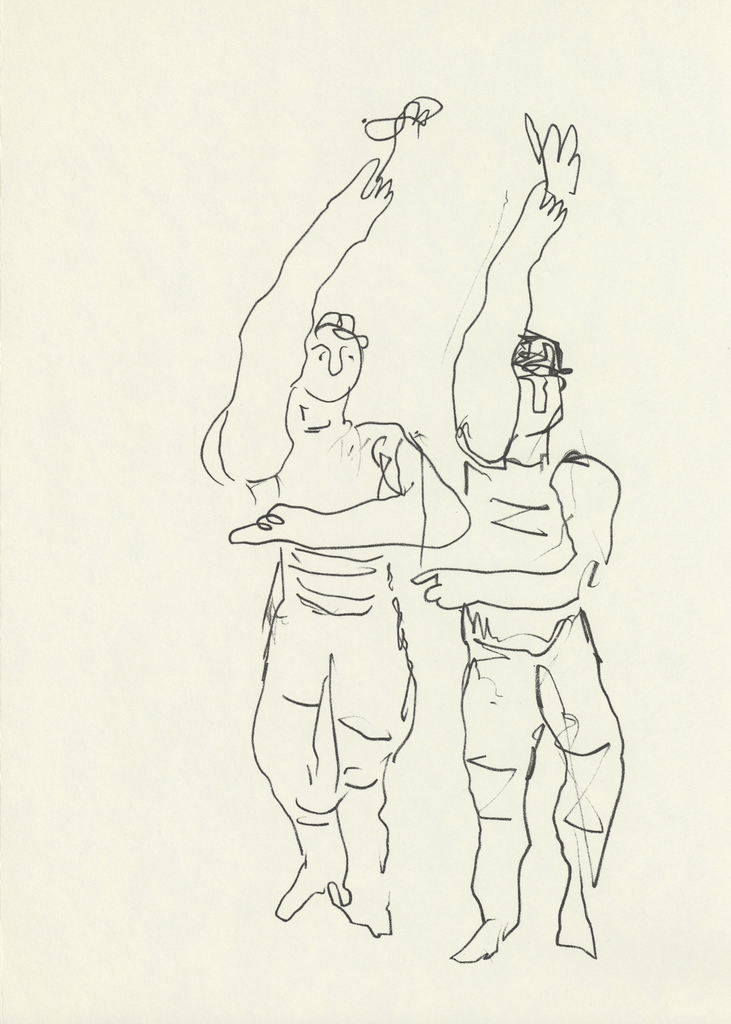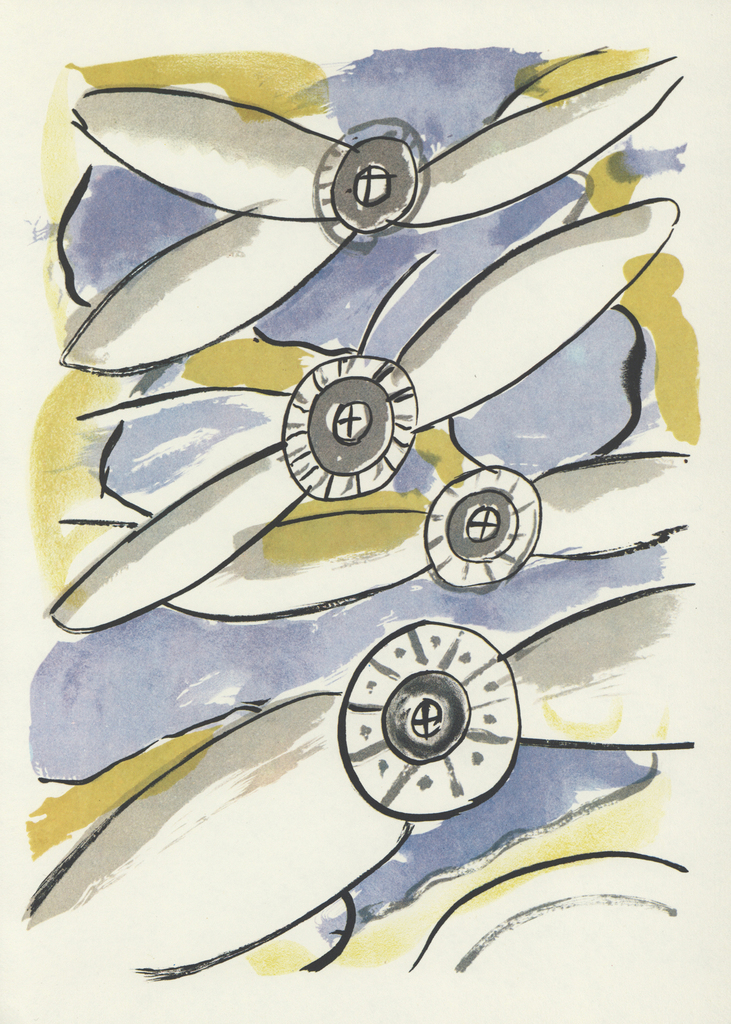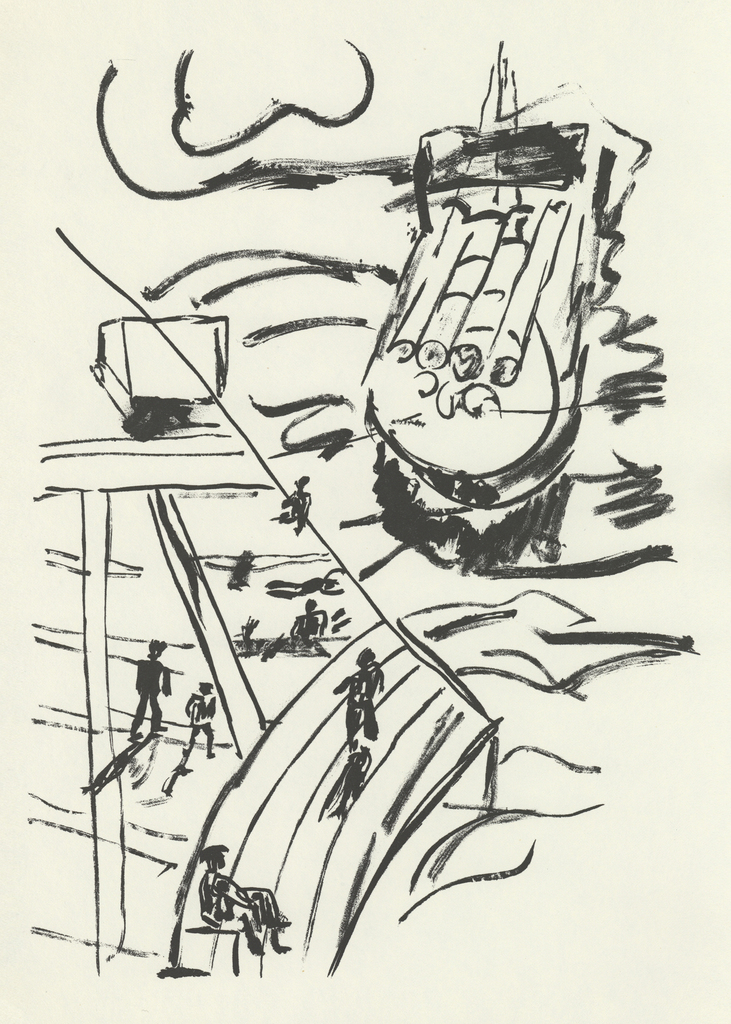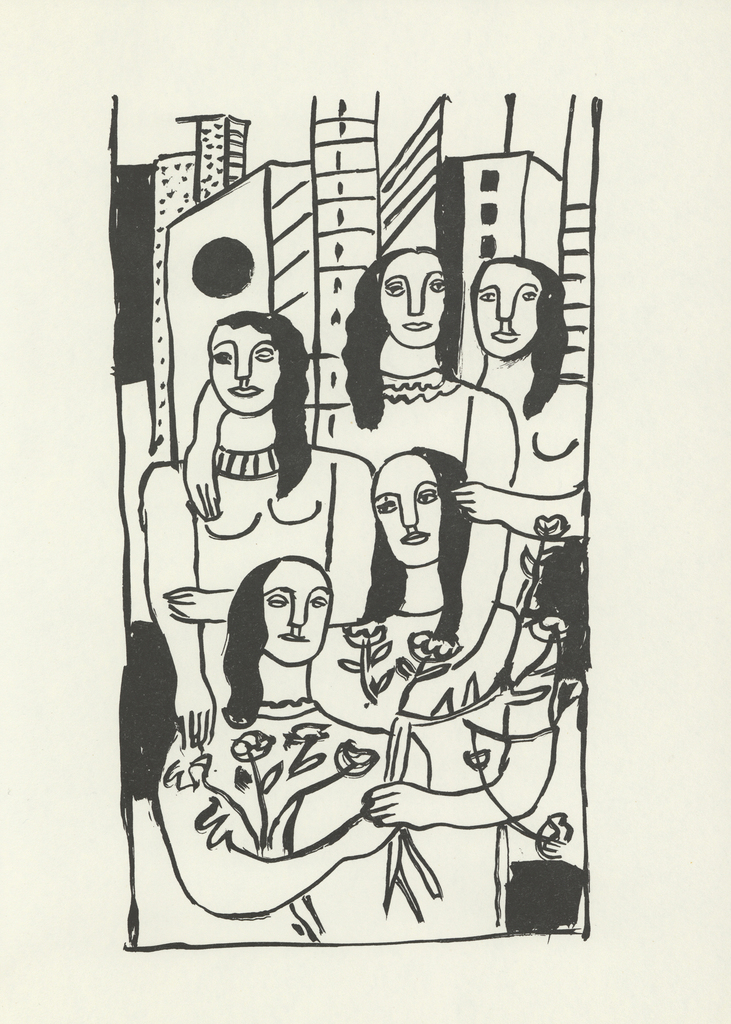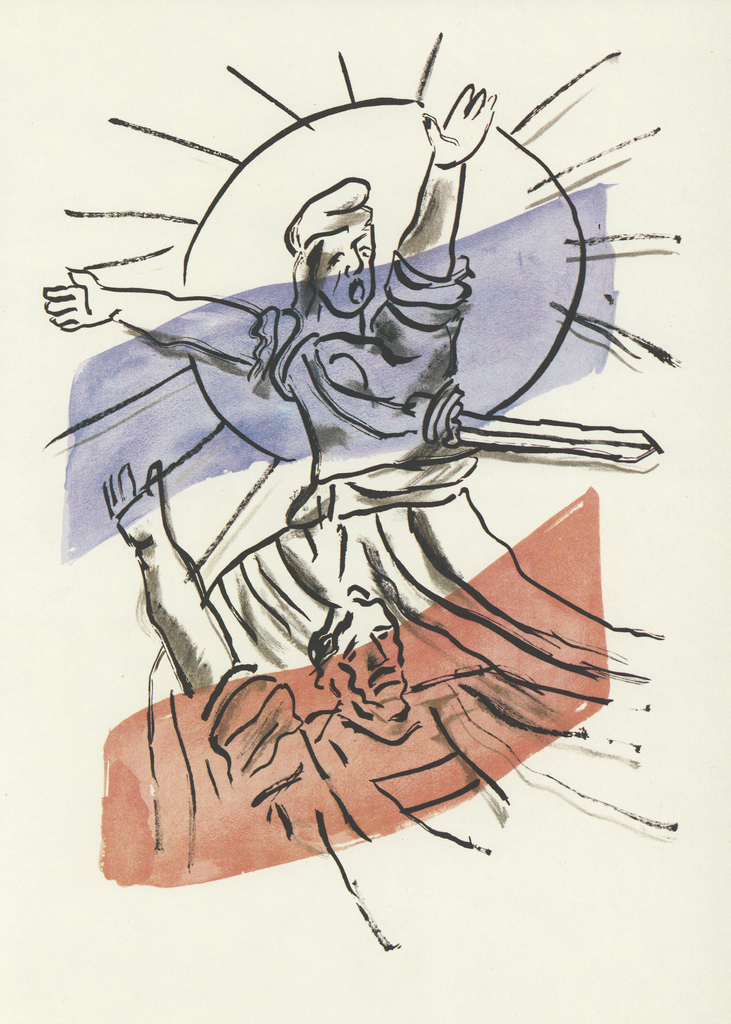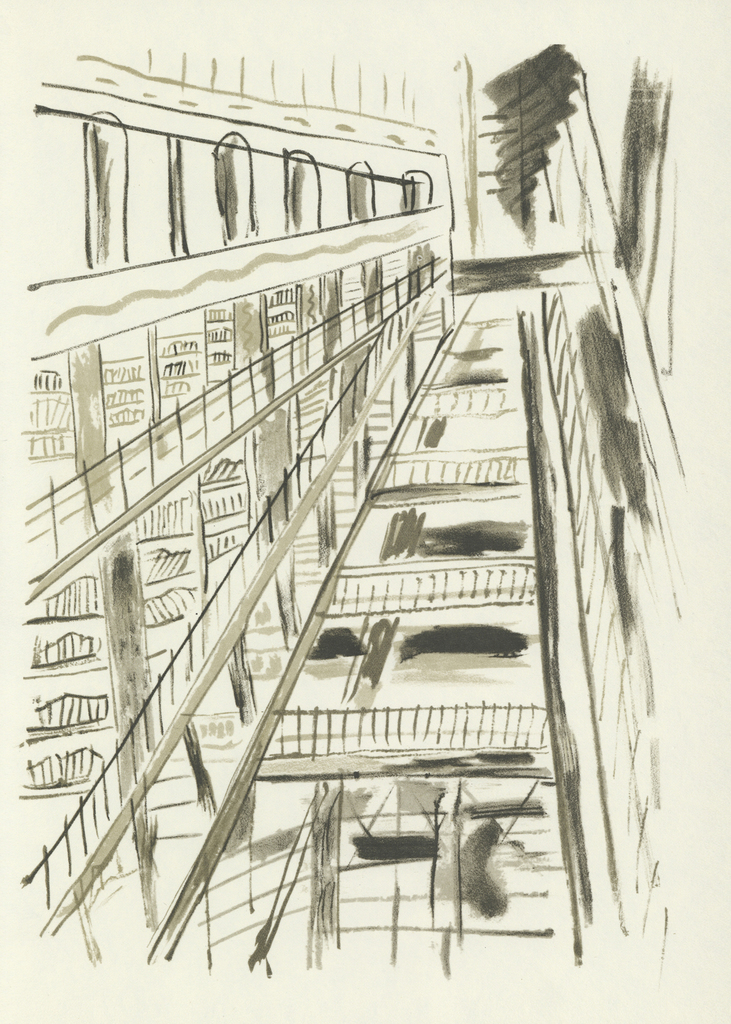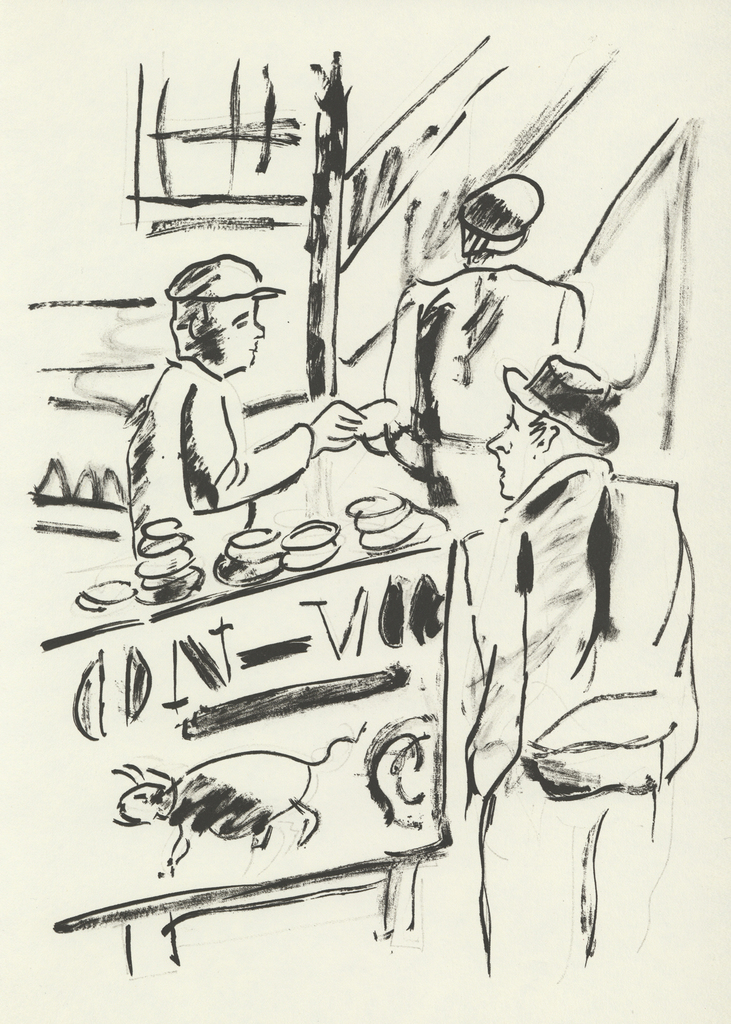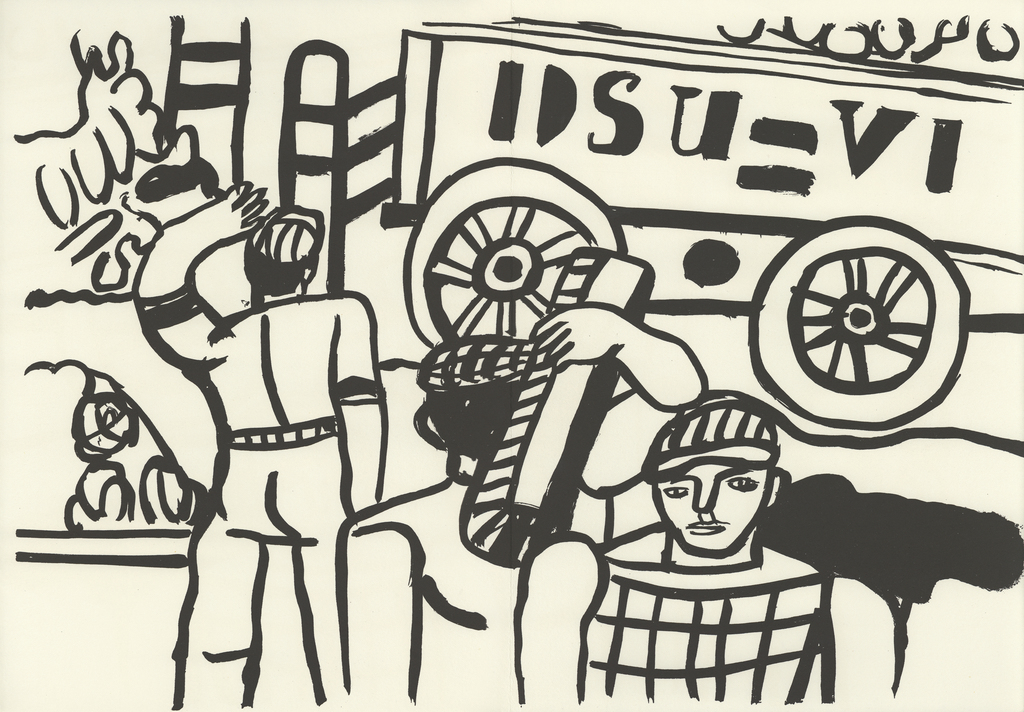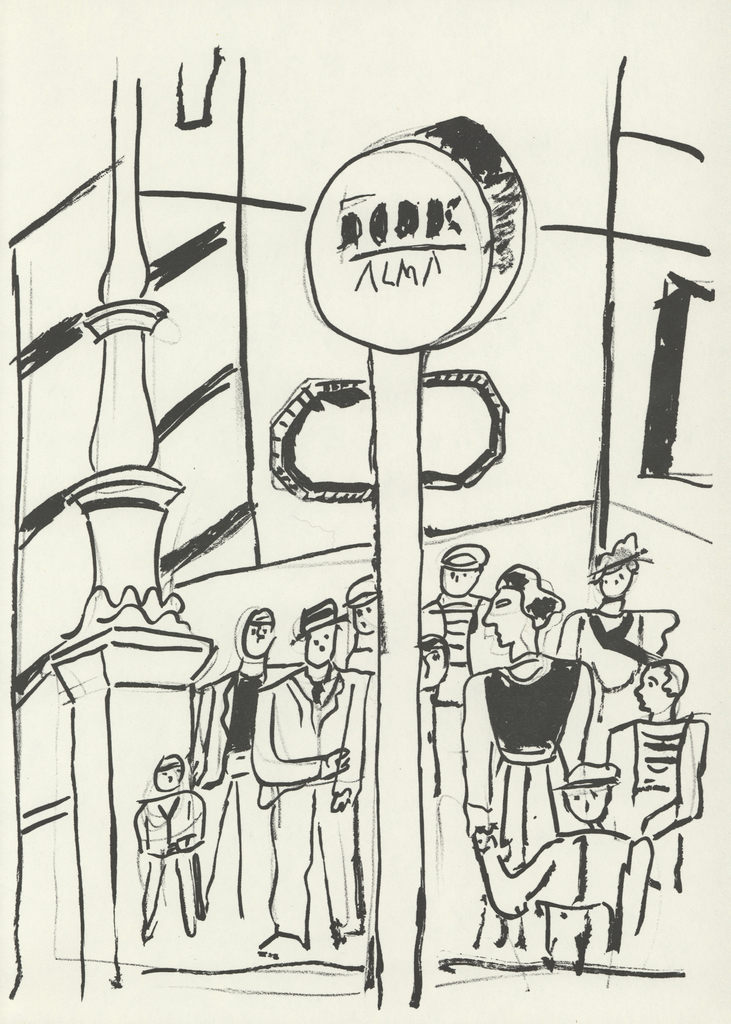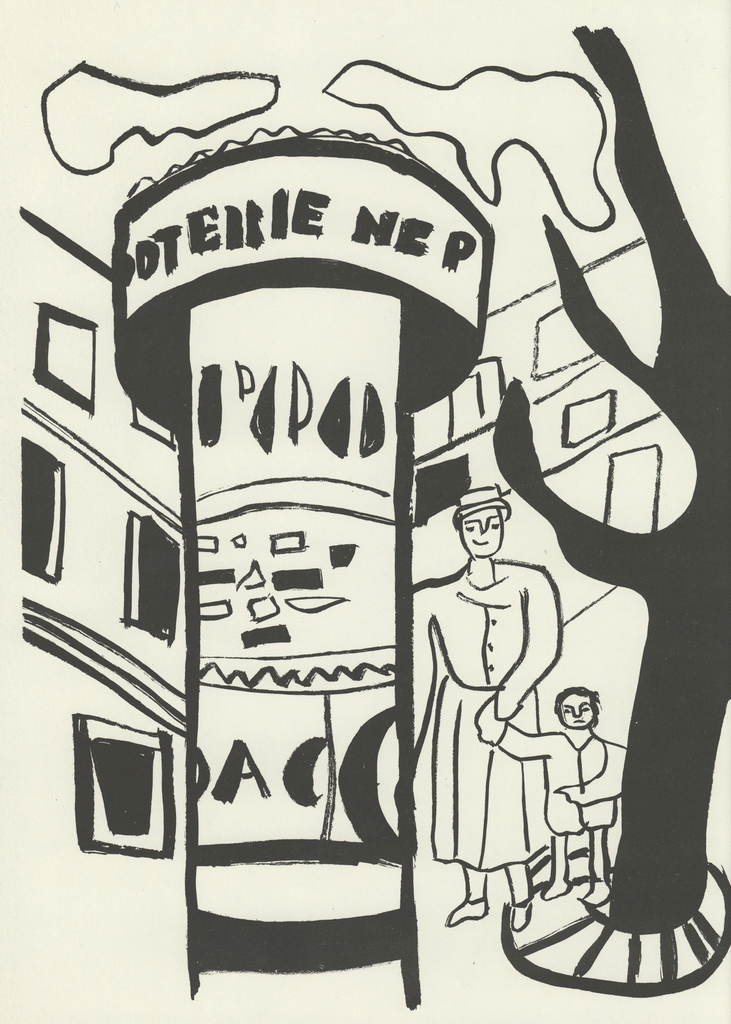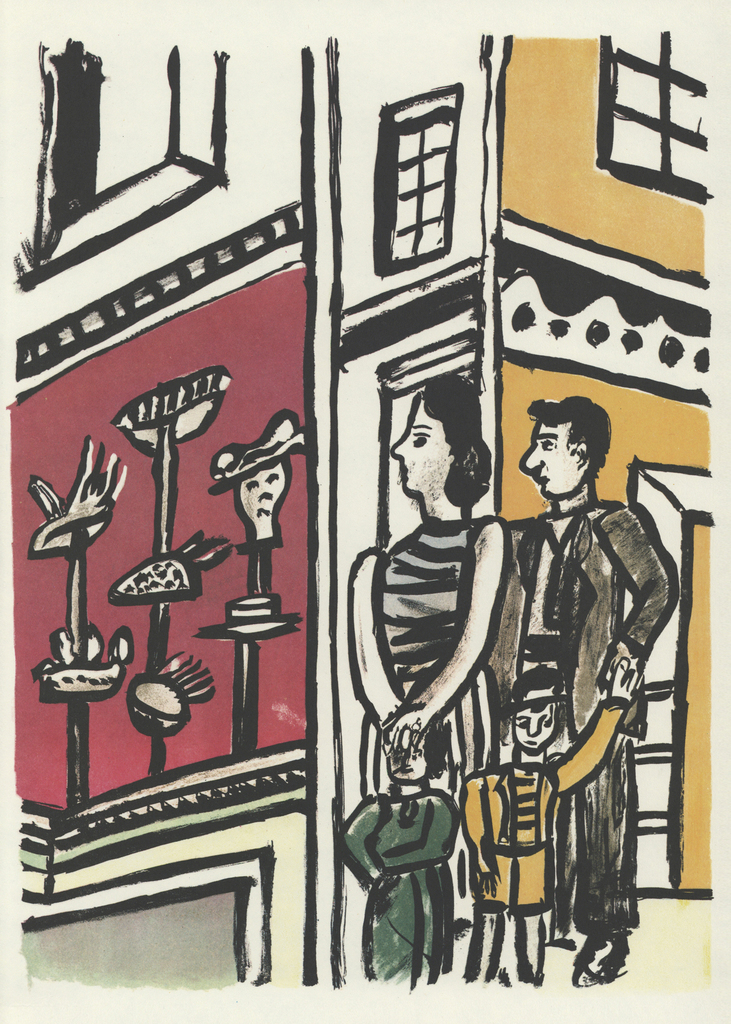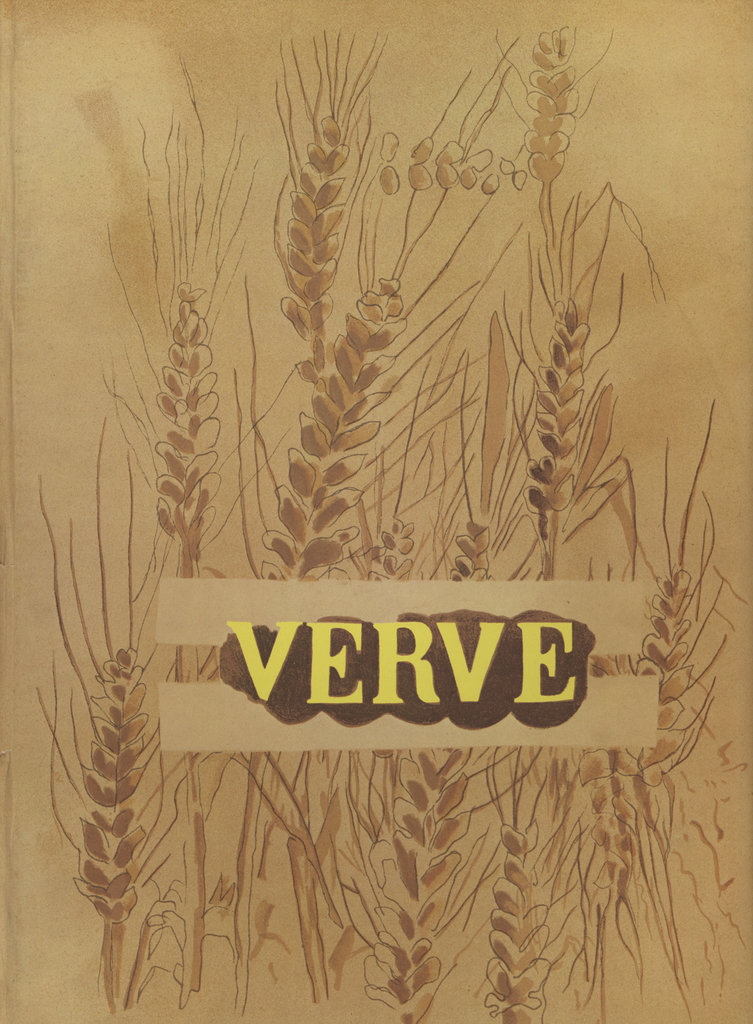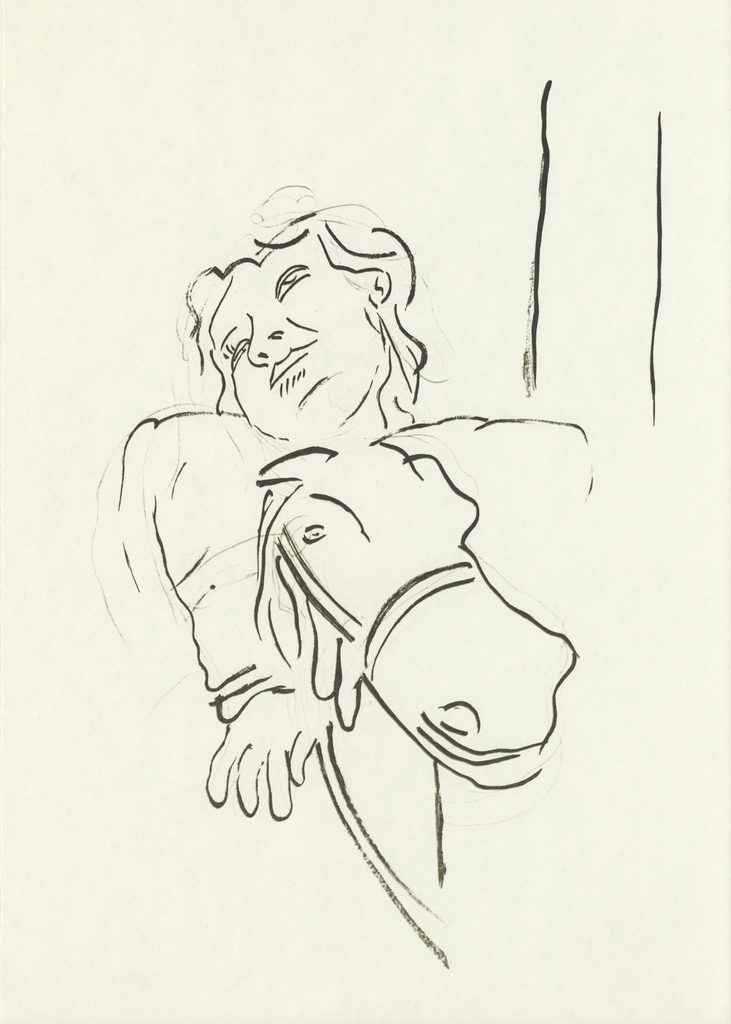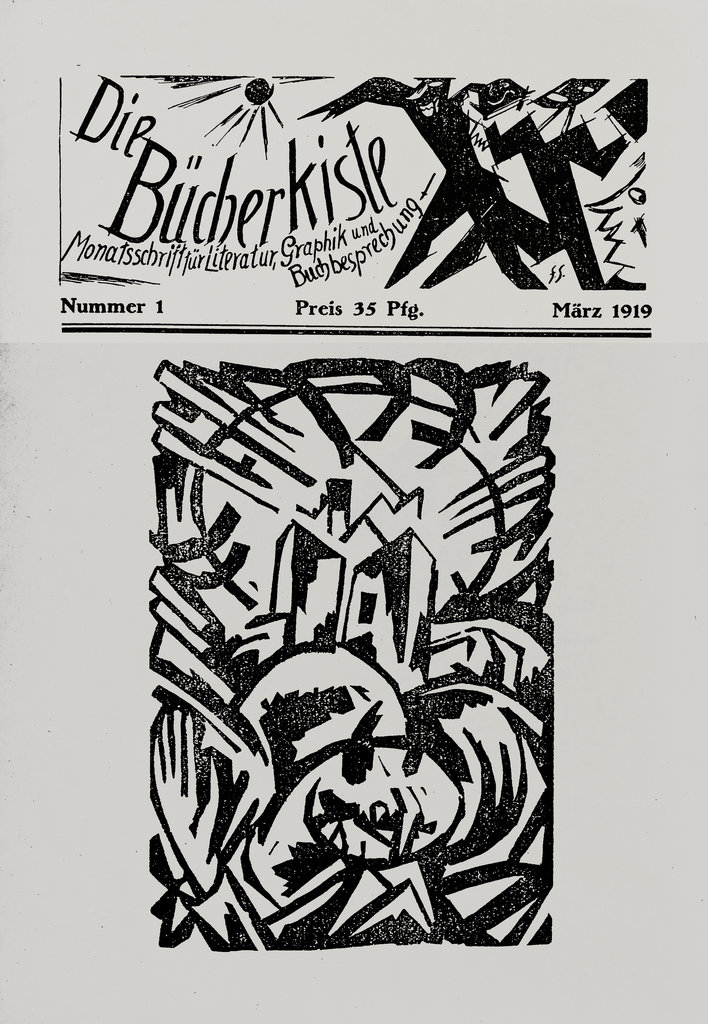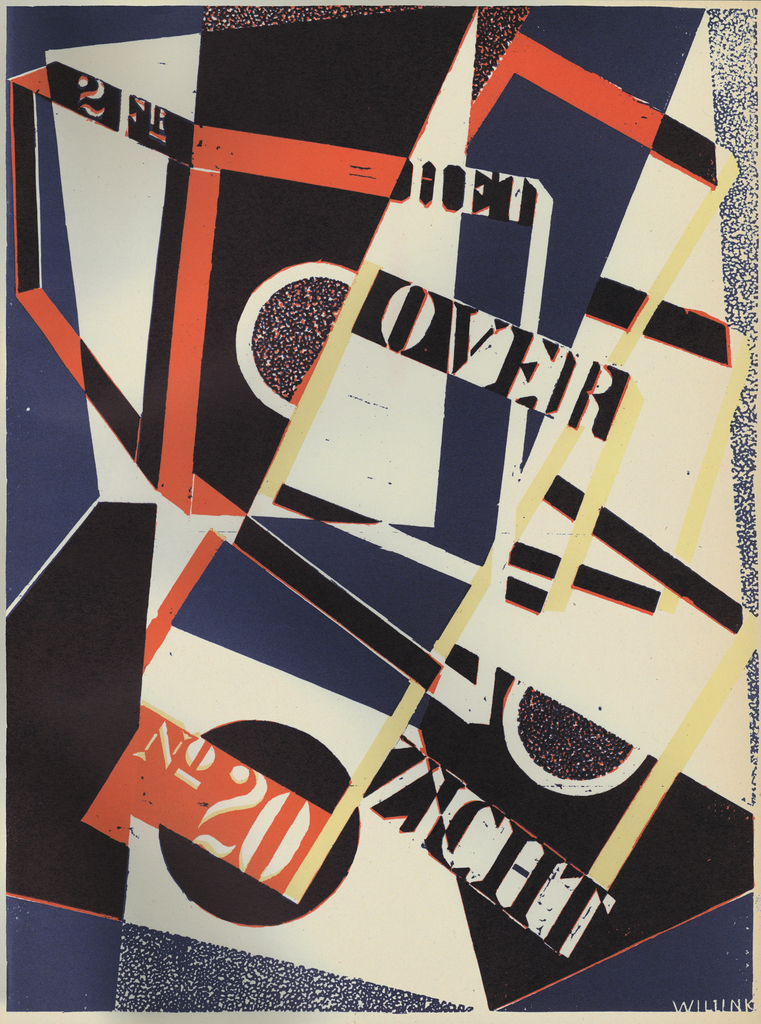Fernand Léger
France (1881—1955)
Originally from Normandy, Léger started his career working in an architect’s Practice, before studying at the School of Decorative Arts in Paris. He rented a studio at La Ruche and developed connections with artists such as Delaunay, Chagall, Apollinaire and absorbed Cubism movement and inspiration. He created his own Cubist style reinterpreting forms into tubolar shapes: his approach was referred to as ‘Tubism’. He lectured on contemporary achievements in paintings. He fought at the front in Verdun, where he was wounded and dismissed. He created The Card Party which marked the beginning of his mechanical period and led to the Three Women work in 1921. In mid 1920s he discovered Purism, having seen the work of Ozenfant and Le Corbusier. In 1926 he created and directed The Mechanical Ballet, a film with photographs by Man Ray. His artistic production was versatile and included set design and stained glass windows and mosaics. After joining the French Comunist Party in 1945, his work depicted working class subjects but did not achieve resonance among the general public.
Airplanes
American women
At the bistro
Athletes
Cercle et carré
Die Bücherkiste
Factories
Het Overzicht
In the subway
J’ai tué
La Marseillaise
Le Sacré-Coeur
Les Halles
Les illuminations
Lovers
Lovers
Mes voyages
Morris column
Noi
Notre-Dame
On the dock
Paris
The barges
The beach
The builders
The bus stop
The cyclists
The dancers
The department store
The harbour
The hat shop
The homeless man
The merry-go-round
The waitress
The weightlifter
The woman with the flower
Verve
American women
At the bistro
Athletes
Cercle et carré
Die Bücherkiste
Factories
Het Overzicht
In the subway
J’ai tué
La Marseillaise
Le Sacré-Coeur
Les Halles
Les illuminations
Lovers
Lovers
Mes voyages
Morris column
Noi
Notre-Dame
On the dock
Paris
The barges
The beach
The builders
The bus stop
The cyclists
The dancers
The department store
The harbour
The hat shop
The homeless man
The merry-go-round
The waitress
The weightlifter
The woman with the flower
Verve
